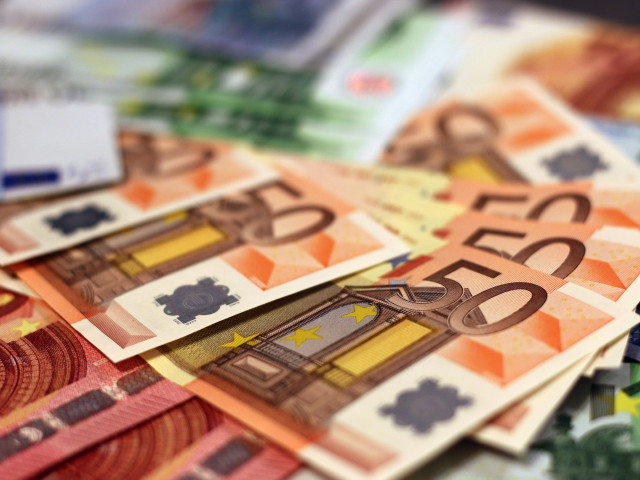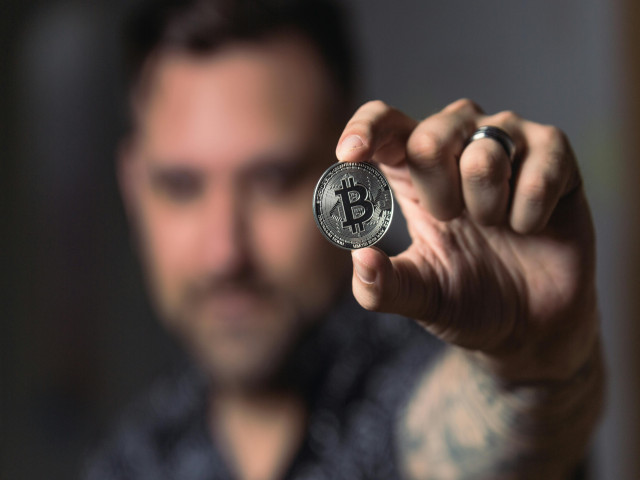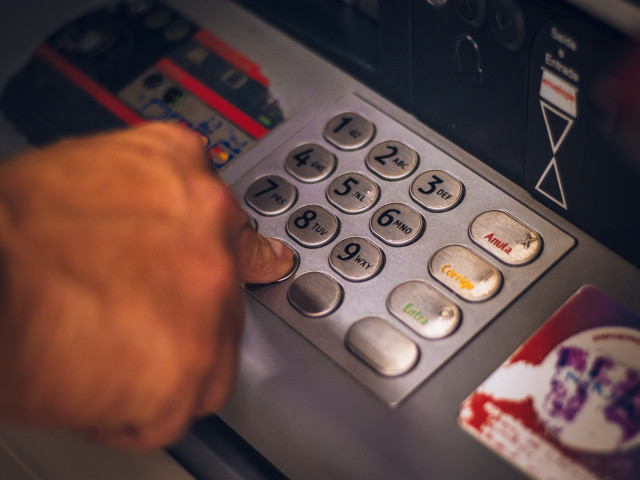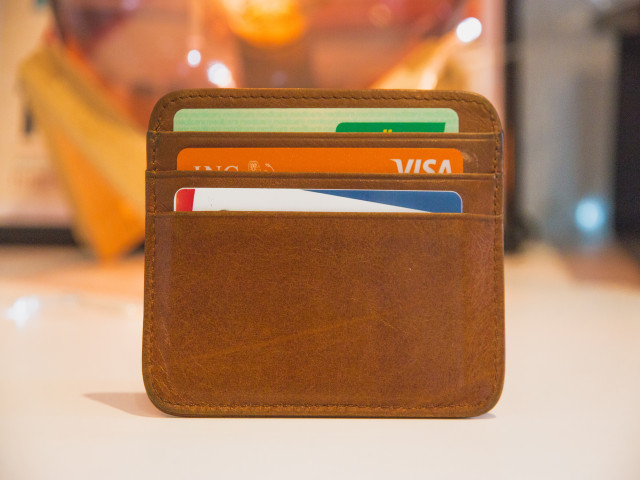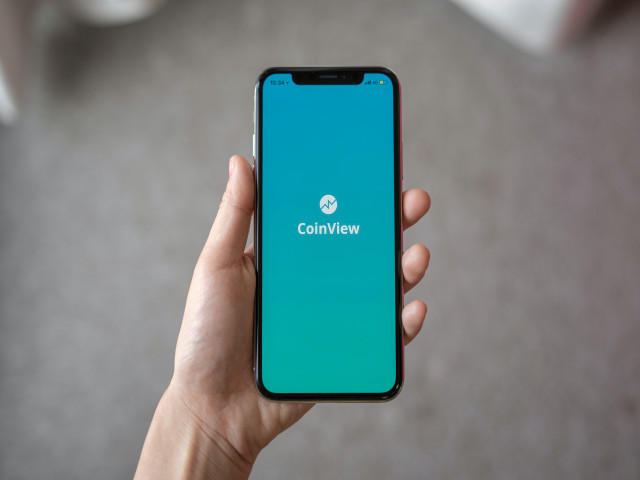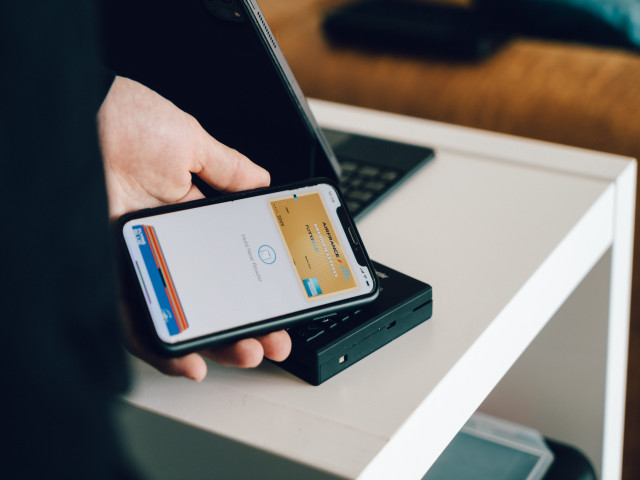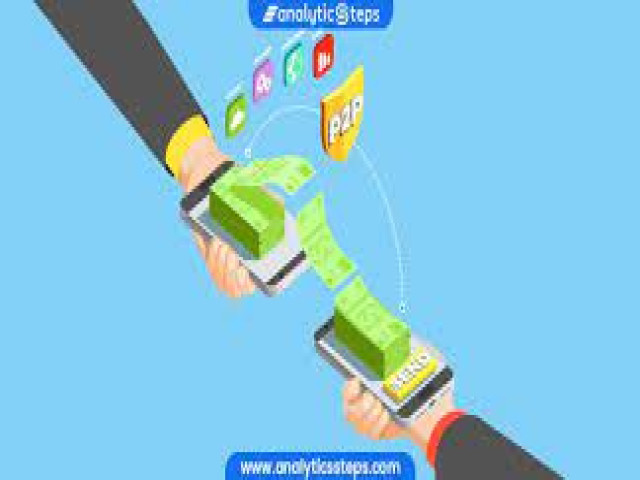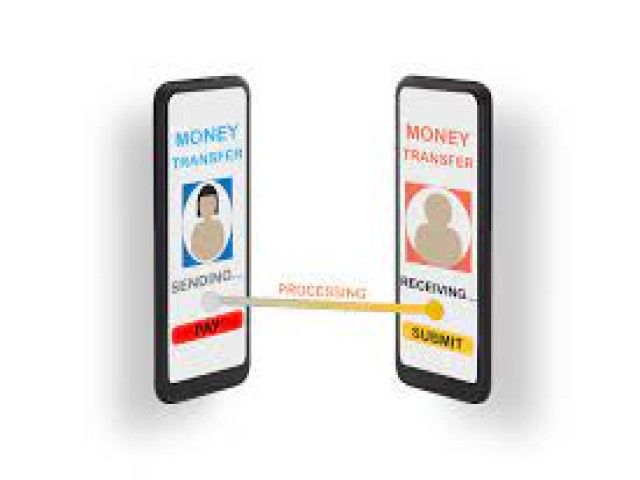How to Send Money in The Digital Age And What are The Advantages

P2P, the system of immediate sending and receiving of money, has a double meaning: it is both the abbreviation of “peer-to-peer” and “person-to-person”. The two meanings are linked to each other: "peer-to-peer" networks allow "person-to-person" payments.
Splitting the bill at the pizzeria, making a joint gift or small donations, receiving or making small refunds: these are some of the operations that P2P or peer-to-peer payments , i.e. person-to-person, from private to private, allow you to simplify.
Instant, with almost zero costs, P2P payments allow the exchange of money in real time from person to person via smartphones and digital platforms , generally smartphone apps. How do they work?
What is meant by P2P payments
P2P has a double meaning : it is both short for peer-to-peer and person-to-person. The two meanings are connected to each other: peer-to-peer networks , from equal to equal, allow payments from mobile phones , usually "person-to-person" smartphones .
The architecture of a peer-to-peer network is distributed: all nodes exchange information equally and share part of their computing resources, such as computing power, without the need for a server, i.e. a central node, that controls or manages them.
In fact, the client-server IT architecture divides between a central node, the server, which "gives the answers", and smaller nodes, the clients, which "ask questions": in peer-to-peer each node, equal to the others, it can perform both the role of client and server .
The nodes in a peer-to-peer network are connected to each other by an overlapping virtual network (overlay network) which allows each node to know the mapping of the network, i.e. where the other nodes are and what they are for, recognize them and communicate with them .
An example of a peer-to-peer network is two (or more) computers connected with a USB or Ethernet cable. Or two (or more) smartphones connected to the Internet that have installed the same application for "person-to-person" payments.
The peer-to-peer that has become famous for file sharing is now also used for the instant exchange of money via mobile phone and digital platforms from person to person , including loans: in this case we talk about P2P lending , with the platform acting as intermediary, including commission, between those seeking funds and lenders instead of banks.
How P2P works to send or receive money
P2P payments are instantaneous ( Instant Payments ) and extremely simple: just load a P2P app that offers the service onto your smartphone (among the most common, Satispay , Postepay , Revolut ) and follow the registration procedure.
The identity and data entered by the applicant will be verified, after which the system will match the mobile phone number to a digital wallet or wallet to which funds can be credited from payment cards , bank transfers , current accounts , cash , depending on the specifics of the app.
Once the account has been created and the wallet loaded, all you need to do to send money is:
select the recipient from your contact book,
enter the amount to send,
confirm the transaction via PIN or other means of authentication.
If the recipient of the sum of money has already installed the app for the P2P transaction, he will receive the money instantly, otherwise he will receive a notification informing him of the money transfer operation in his favor and inviting him to register for the service for receive the sum.
Among the services of P2P payment apps, there is also the possibility of creating purchasing groups with digital collections or requesting the repayment of a loan .
The peer-to-peer network can also be used for payments in shops , P2B – Person to Business.
If the merchant has downloaded the app, he will be able to pay a commission on transactions (depending on the conditions of the service) but on the user side the mechanism remains the same.
When is it best to use P2P payments
P2P payments are recommended in all those situations where an instant exchange of small sums between private individuals, which can be used immediately, is necessary .
An example is shared gifts (and expenses): instead of collecting the shares (a solution often possible with "groups" within the apps), each participant, without moving, will be able to send their share to whoever will purchase the gift.
Another example is dividing the bill at a restaurant or pizzeria between friends: here too, sending it to a single person by everyone will allow payment to be made immediately without advance payments of any kind.
If a friend does not have cash available and is physically far away, P2P payments allow you to solve the problem; ditto for small donations to those who may need it but are reluctant to share it.
Other situations are the small refunds due or expected , which are slow to arrive while waiting for the precise amount in cash, and all those times when it is necessary to change the banknote for small expenses between friends and family.
What are the advantages of P2P transactions
P2P payments are very simple to use, like sending a message from any instant messaging app.
The reference is not accidental: P2P payments are also instantaneous and immediately usable. In fact, they exploit the potential of peer-to-peer networks, which are light, distributed and, in the event that a node stops working, they look for alternative ways to finalize operations with considerable processing speed.
Furthermore, P2P payments have very low costs: the installation of one of the apps that offer the service, the creation of an account with a relative link to the credit card or current account, and the transaction for small sums, are all free operations

